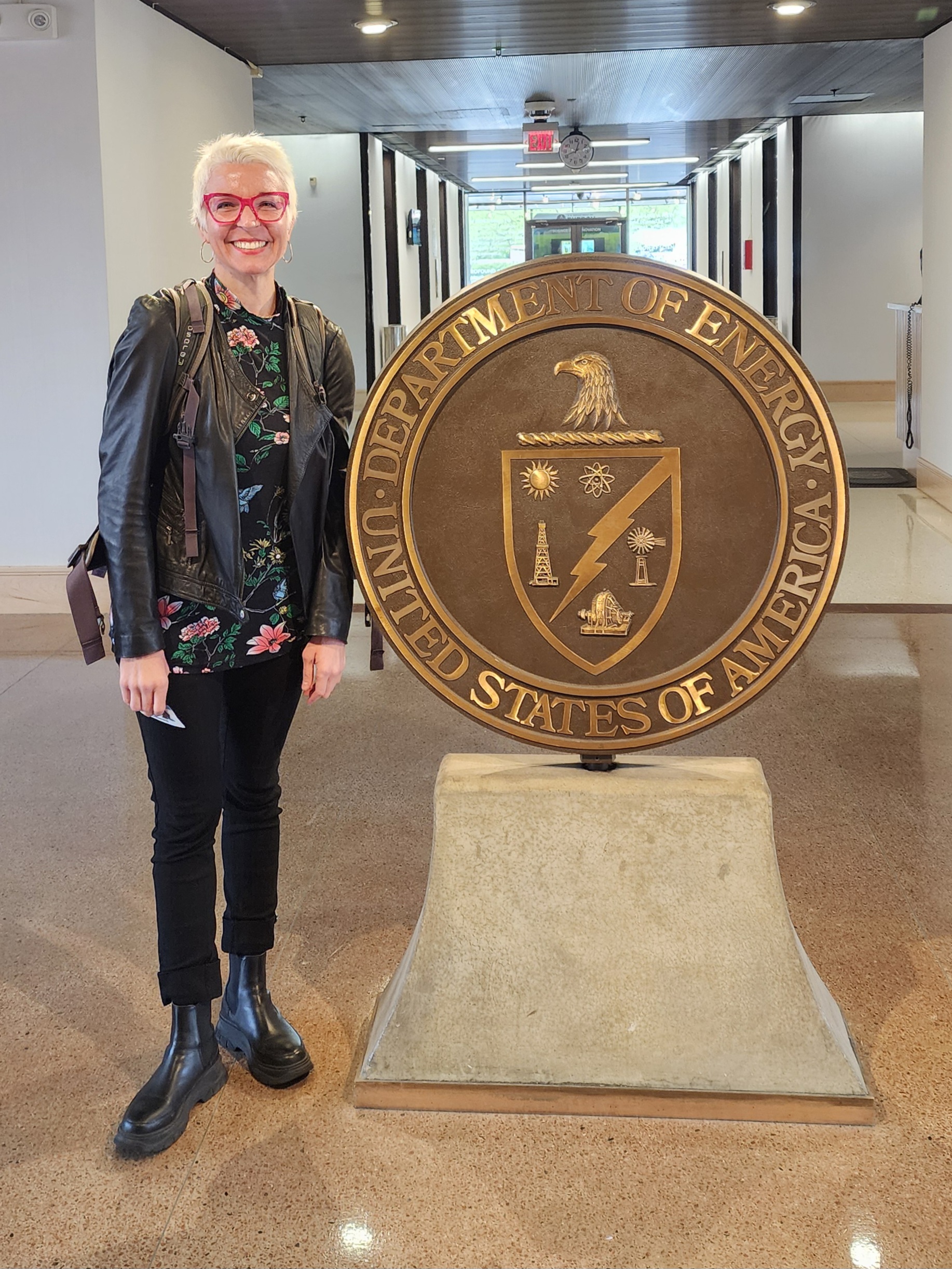U.S. energy loan chief on hydrogen, peak power demand, pipelines and his coffee mug
Q&A
WASHINGTON — Earlier in April, I sat down with Jigar Shah, the director of the United States Energy Department’s Loan Programs Office. His program focuses on advancing clean energy solutions by providing companies with loans and loan guarantees.
One theme that permeated much of our discussion and was the focus of a piece Cipher published earlier this week was how and why it’s important for the “culture and norms” of the electricity sector to evolve.
The rest of our conversation popcorned all over the energy transition landscape. The questions I asked have been paraphrased and Shah’s answers have been edited for brevity and clarity.
Q: What are your top line thoughts on how we should and should not be using hydrogen?
JS: We already use 10 million metric tons of hydrogen a year in this country. Decarbonizing that 10 million metric tons is a good use of clean hydrogen. Because clearly those processes, whether it’s ammonia or desulfurization of fuels or other things, require the use of hydrogen. So, those things, we should figure out how to decarbonize. That’s the first piece.
The next piece, though, is harder to answer. I think you’re not going to see this expansion of hydrogen for decarbonizing other industries like vehicle transportation, steel production, industrial uses, etcetera until we can get the technology to a point where you get the cost down.
Q: Your most recent monthly application activity report has a lot of loans requested for virtual power plants (networks of decentralized, smaller-scale energy producing and storage devices that can collectively respond to ebbs and flows in demand for electricity). What does that mean? What are those loans for?
JS: When you think about how the grid operates broadly, most of the cost of the grid comes from peak demand. As opposed to airline seats, where folks can kick people off a flight if they oversell it, we can’t take anybody off of the grid. If people need power for life-sustaining work or whatever it is, we have to provide it.
Electricity demand peaks are what cause the most cost increases in the grid. And we have a lot of tools to deal with peaks, but the number one tool is virtual power plants — making sure everything isn’t on at the same time if it doesn’t need to be. Things like water heaters don’t all have to be on at the exact same time after everyone finishes taking a shower in the morning.
We don’t tell people what we want to fund per se. They come up with ideas and come to us. You have a lot of folks who have traditionally been in thermostats figuring out how to navigate smart thermostats to provide some of this peak load management. We also have folks who are very active in electric vehicle charging looking to use batteries and micro-grids that can charge cars and also provide services to the grid.

The U.S. Energy Department headquarters in Washington, D.C. Photo credit: U.S. Energy Department.
Q: A new report from the Lawrence Berkeley National Laboratory finds there are 2.6 terawatts of power generation and storage looking to eventually be connected to the grid. How does this fact impact the way you think about how you finance transmission projects?
JS: I think there is some translation required. Of the 2.6 terawatts there, about 14% of it is actually ready to go. A lot of the rest of those projects are in the planning phases and have put their application in so they can get an estimate of the costs of connecting to the grid.
We can unlock a lot of the latent capacity we have already paid for in our grid that we have invented here and frankly have been commercialized in the United Kingdom and other places. This is the work you have already written about — the dynamic line rating, the smart wires, the topology upgrades, etcetera. There’s a pathway forward, which should give people hope.
Q: What are you seeing in terms of the demand for pipelines for carbon dioxide and hydrogen? Is the lack of pipelines a barrier for the loan applications the LPO sees?
JS: Pipelines are easier than transmission lines because they’re normally underground. There are certainly political issues there. You’ve seen a lot of the negativity around the pipelines in Iowa. But CO2 is a straightforward thing. People know how to transport CO2; we know how to do pipelines safely.
Hydrogen is uniquely hard. Hydrogen is a very small molecule. If you run it through existing natural gas pipelines or existing pipelines, it would just leak out. There’s a lot of technology work being done at DOE on how we upgrade compressors, upgrade materials, upgrade things to be able to transport hydrogen.
Today, I’d say a lot of the hydrogen we’re looking at in the Loan Programs Office is being used at the place in which it’s being produced. It isn’t being transported anywhere, maybe 1,000 feet, but not miles. I think you’re going to see a lot more of that right now, just because it’s the safer way to do things today, while the rest of DOE is helping with getting the technology to the point where you can transport hydrogen in a low-cost way.
Q: I read you have a coffee mug that has “deploy, deploy, deploy” written on the side.
JS: It was a gift from a friend. There are so many technologies that are actually already demonstrated that we now can commercialize and get across the bridge to bankability; I’m purely focused on that. It’s not that I don’t think the rest of the concepts could be successful. It’s just not my specific job.

Cipher News’ Cat Clifford in the U.S. Energy Department headquarters in Washington, D.C. earlier in April when she was there to speak with Jigar Shah. Photo courtesy of Cat Clifford.